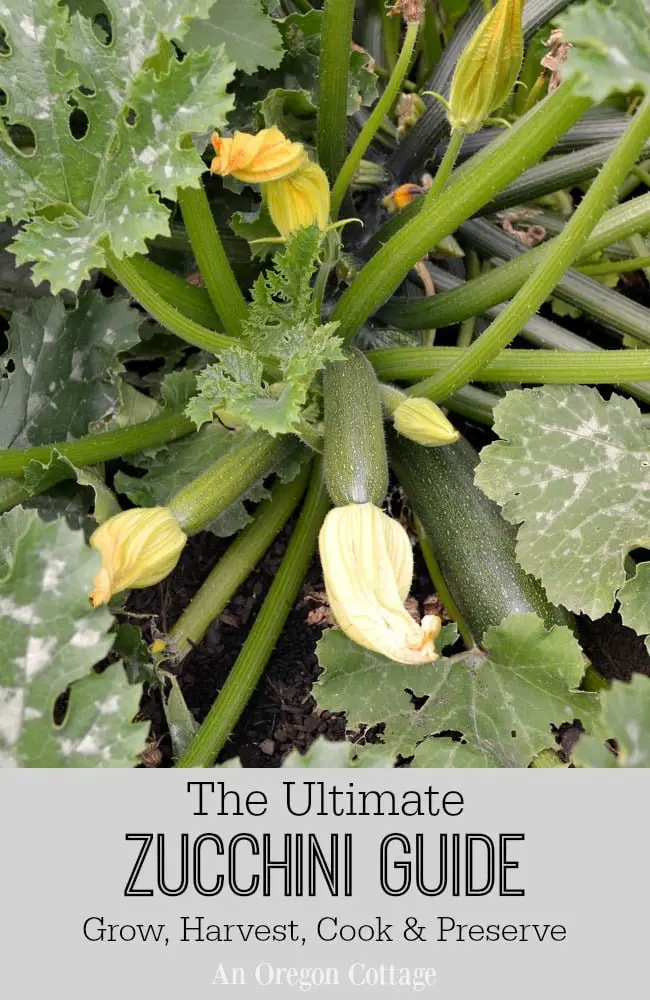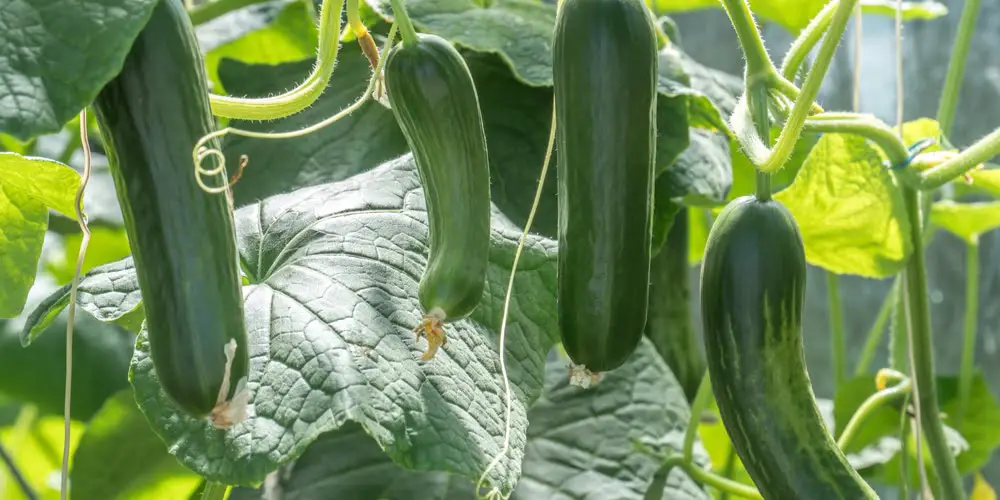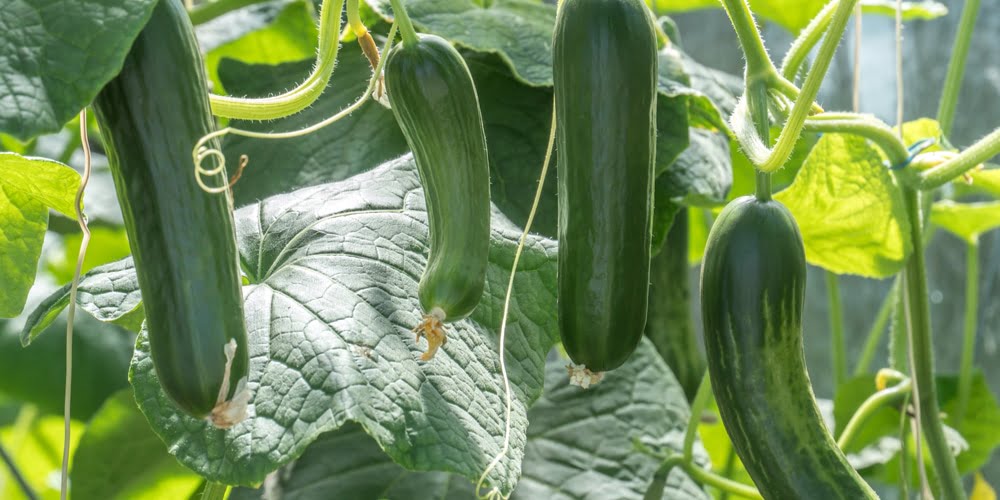If you’re an avid gardener in Oregon, you might be wondering when is the best time to plant your beloved zucchini. Well, look no further because we’ve got all the answers for you! Whether you’re a seasoned gardener or just starting out, this article will provide you with valuable insights on the ideal planting time for zucchini in Oregon. From the optimal weather conditions to the proper preparation of your soil, get ready to embark on your zucchini-growing journey. So put on your gardening gloves and let’s get started!
Factors to Consider
Climate
When considering when to plant zucchini in Oregon, one of the most important factors to take into account is the climate of the region. Zucchini plants thrive in warm weather conditions, as they are native to the Mediterranean region. Oregon’s climate can vary across different parts of the state, with coastal areas experiencing mild and wet conditions, while inland areas have a more continental climate with hot summers and cold winters. Understanding the local climate patterns can help determine the best planting time for zucchini.
Soil Temperature
Another crucial factor to consider when deciding the best time to plant zucchini in Oregon is the soil temperature. Zucchini plants require warm soil to germinate and grow successfully. The optimal soil temperature for zucchini seeds to germinate is around 70-90°F (21-32°C). Therefore, it is essential to ensure that the soil has reached this temperature range before planting the seeds. Using a soil thermometer can help accurately measure the soil temperature and determine if it is suitable for zucchini planting.
Frost Dates
Understanding the frost dates in your area is essential for successful zucchini cultivation. Frost can be detrimental to zucchini plants as they are susceptible to cold temperatures. It is crucial to know both the last spring frost date and the first fall frost date in your specific region. These dates will provide a guideline to determine the optimal time to plant and harvest your zucchini crop.
Last Spring Frost
The last spring frost date is an important consideration when deciding when to plant zucchini in Oregon. Zucchini plants are highly sensitive to frost, and planting them too early can result in damage or even death of the plants. To determine the last spring frost date, it is recommended to consult local gardening resources or reach out to the nearest agricultural extension office for accurate information specific to your region. Planting zucchini after the last spring frost ensures a higher chance of success and minimizes the risk of frost damage.
First Fall Frost
The first fall frost date is equally crucial when planning your zucchini planting schedule. Zucchini plants need sufficient time to grow, produce fruit, and ripen before the arrival of the first fall frost. As the days become shorter and temperatures begin to drop, the growth rate of zucchini plants slows down. By knowing the first fall frost date, you can calculate the approximate number of days required for the zucchini plant to reach maturity and plan your planting accordingly.
Recommended Planting Time
Spring Planting
Spring is generally the most popular time for planting zucchini in Oregon. The warmer temperatures and longer daylight hours provide ideal conditions for seed germination and plant growth. Ideally, zucchini should be planted after the last spring frost has passed and the soil has warmed to the optimal temperature range of 70-90°F (21-32°C). Planting too early can lead to stunted growth or damage from frost.
Fall Planting
In addition to spring planting, fall can also be a suitable time for growing zucchini in Oregon. Fall planting provides an opportunity for a second harvest before the arrival of frost and can extend the zucchini growing season. The cooler temperatures and often more consistent moisture levels in the fall can be beneficial for zucchini plants. However, it’s important to consider the specific fall planting timeline and climatic conditions in your particular area to ensure a successful harvest.
Spring Planting
Preparing the Soil
Before planting zucchini in the spring, it is essential to prepare the soil properly. Begin by removing any debris, such as rocks or weeds, from the planting area. Loosen the soil using a garden fork or tiller, ensuring it is free of clumps. This will help the zucchini roots penetrate the soil and allow for proper drainage. Additionally, it’s advisable to amend the soil with compost or well-rotted manure to provide essential nutrients for the growing plants.
Choosing Zucchini Varieties
Selecting appropriate zucchini varieties is an important step in successful planting. Consider choosing early-maturing varieties that mature within 45-55 days. Early-maturing zucchini varieties tend to perform better in regions with shorter growing seasons. You may also want to choose disease-resistant varieties to minimize the risk of common zucchini diseases, such as powdery mildew or bacterial wilt.
Starting Seeds Indoors
To get a head start on your zucchini plants, you can start the seeds indoors before transplanting them outside. Determine the start date by counting backward from the last spring frost date, considering the recommended number of weeks for seedling development. Use seed trays or containers filled with a seed starting mix. Plant the zucchini seeds at the appropriate depth (usually 1 inch) and keep the soil consistently moist. Place the trays or containers in a location that receives ample light, such as a sunny window or under grow lights.
Direct Sowing
If you prefer not to start seeds indoors, zucchini seeds can be directly sown into the garden once the soil has warmed and the last spring frost has passed. Determine the appropriate outdoor planting date by considering the last spring frost date and the soil temperature. Prepare the planting area by loosening the soil, removing any weeds, and amending it with organic matter. Sow the zucchini seeds at the recommended depth, typically 1 inch deep, and make sure to provide adequate care, such as regular watering and protection from pests.
Transplanting Seedlings
Transplanting zucchini seedlings is another option for spring planting. After starting the seeds indoors and allowing them to develop into healthy seedlings, they can be transplanted into the garden once the soil and weather conditions are favorable. Strengthen the seedlings before transplanting by gradually exposing them to outdoor conditions over a period of several days. When choosing the right time to transplant, ensure that the soil has warmed and the danger of frost has passed. Gently transplant the seedlings into the prepared soil, providing them with adequate water and protection during the initial period.
Preparing the Soil
Loosening and Breaking the Soil
Properly preparing the soil for zucchini planting involves loosening and breaking up compacted soil. This allows the zucchini roots to penetrate easily, promoting healthier plant growth and nutrient absorption. Use a garden fork or tiller to break up clumps of soil, ensuring it is not too compact. By loosening the soil, you ensure better drainage and aeration for the plants.
Amending the Soil
Amending the soil with organic matter is an essential step in preparing the soil for zucchini planting. Compost or well-rotted manure can be mixed into the soil to improve its fertility and nutrient content. Organic matter helps retain moisture in the soil, improves its structure, and provides a slow release of nutrients to the plants. Before planting zucchini, incorporate the organic matter into the soil evenly for optimal results.
Adding Organic Matter
In addition to amending the soil with compost or manure, adding organic matter throughout the growing season offers additional benefits for zucchini plants. Mulching around the plants with organic materials, such as straw or grass clippings, helps conserve moisture, suppress weeds, and moderates soil temperature. As the organic matter breaks down, it also releases nutrients into the soil, providing a continuous source of nourishment for the zucchini plants.

Choosing Zucchini Varieties
Choosing Early-Maturing Varieties
When selecting zucchini varieties for planting, consider choosing early-maturing options. Early-maturing zucchini varieties are quick to produce fruit, which is advantageous, especially in regions with shorter growing seasons like Oregon. Look for varieties that mature within 45-55 days from planting, as these will have a higher chance of reaching full maturity and producing a bountiful harvest before the arrival of the first fall frost.
Choosing Disease-Resistant Varieties
Zucchini plants can be prone to various diseases, including powdery mildew and bacterial wilt. To minimize the risk of these diseases impacting your zucchini crop, consider choosing disease-resistant varieties. Disease-resistant zucchini varieties are bred to resist specific pathogens, offering better protection for your plants. Check seed catalogs or local nurseries for varieties labeled as resistant to common zucchini diseases prevalent in your area.
Starting Seeds Indoors
Determining Start Date
To start zucchini seeds indoors, determine the appropriate start date by counting backward from the last spring frost date. Most zucchini varieties require 4-6 weeks to develop into healthy seedlings before being transplanted outside. Consider the recommended number of weeks for seedling development and choose a start date that allows the seedlings to reach an optimal size and vigor.
Using Seed Trays or Containers
When starting zucchini seeds indoors, use seed trays or containers filled with a quality seed starting mix. The trays or containers should have drainage holes to prevent waterlogged soil. Fill them with the seed starting mix, making sure it is lightly packed. Create small holes in the soil according to the seed planting depth recommended on the seed packet.
Providing Ample Light
Zucchini seedlings require ample light to develop into strong and healthy plants. Position the seed trays or containers in a location that receives at least 6-8 hours of direct sunlight per day. If natural light is insufficient, supplement it with grow lights positioned just a few inches above the seedlings. Proper lighting ensures that the seedlings grow strong, sturdy stems and avoid becoming leggy.
Maintaining Optimal Temperature
Maintaining the optimal temperature is crucial for successful zucchini seedling development. The ideal temperature for zucchini seed germination and growth is around 70-90°F (21-32°C). Make sure the seed trays or containers are placed in a warm area, such as near a heat source, on a heat mat, or in a heated greenhouse. Avoid exposing the seedlings to cold drafts or temperature extremes, as this can negatively impact their growth.
Watering and Fertilizing
Consistent watering is essential for the healthy growth of zucchini seedlings. Keep the soil in the seed trays or containers consistently moist but not waterlogged. Avoid allowing the soil to dry out completely or become overly saturated. Water the seedlings from the bottom by placing the trays or containers in a shallow tray filled with water. This allows the seedlings to absorb water through capillary action, promoting healthy root development. You can also fertilize the seedlings with a diluted organic liquid fertilizer once they have developed their first true leaves, following the manufacturer’s instructions.

Direct Sowing
Determining Outdoor Planting Date
To sow zucchini seeds directly into the garden, determine the appropriate planting date by considering the last spring frost date and the soil temperature. Zucchini seeds need warm soil to germinate and should not be planted until all danger of frost has passed. Use a soil thermometer to ensure the soil has warmed to the optimal temperature range of 70-90°F (21-32°C) before sowing the seeds.
Preparing the Planting Area
Prepare the planting area by loosening the soil and removing any weeds or debris. Loosening the soil provides a better environment for root growth and nutrient absorption. Remove any rocks or large clumps that may obstruct root development. Incorporate organic matter into the soil, such as compost or well-rotted manure, to improve fertility and moisture retention.
Sowing Zucchini Seeds
Sow the zucchini seeds in the prepared soil at the recommended planting depth, typically around 1 inch deep. Space the seeds according to the spacing guidelines on the seed packet, leaving enough room for the plants to grow and spread. After placing the seeds in the soil, cover them with a thin layer of soil and gently pat it down to ensure good seed-to-soil contact.
Providing Adequate Care
Once the zucchini seeds are sown, provide them with adequate care to maximize germination and growth. Water the seeds gently but thoroughly after planting to ensure good moisture penetration. Keep the soil consistently moist but avoid overwatering, as this can lead to rot or fungal diseases. Monitor the plants for signs of pests or diseases and take appropriate measures to control them. Provide support, such as trellises or stakes, as needed once the plants start growing to prevent them from sprawling on the ground and minimize the risk of fungal diseases.
Transplanting Seedlings
Strengthening Seedlings
Before transplanting zucchini seedlings outdoors, it is vital to strengthen them and gradually acclimate them to outdoor conditions. This process is known as hardening off. Approximately one week before the intended transplanting date, start by placing the seedlings in a sheltered outdoor location for a few hours each day. Gradually increase the time spent outside and expose them to direct sunlight, wind, and cooler temperatures. This gradual exposure helps toughen the plants, preparing them for the harsher conditions of the outdoor garden.
Choosing the Right Time
Choosing the right time to transplant zucchini seedlings to the garden is crucial for their success. Transplant the seedlings when all danger of frost has passed, and the soil has warmed to the optimal temperature range of 70-90°F (21-32°C). Avoid transplanting them too early, as cold temperatures can cause growth stunting or damage to the plants. The seedlings should be well-established, have developed their true leaves, and display strong, sturdy stems before being transplanted.
Transplanting Process
To transplant zucchini seedlings, first prepare the garden bed by loosening the soil and incorporating organic matter. Dig holes in the soil slightly larger than the root ball of the seedlings. Gently remove the seedlings from their containers or trays, taking care not to damage the delicate roots. Place each seedling into a hole, ensuring that the soil level matches the level it was growing in the seed tray or container. Firmly press the soil around the base of the seedling to secure it in place. Water the newly transplanted seedlings thoroughly to help them establish their roots in the garden soil.



